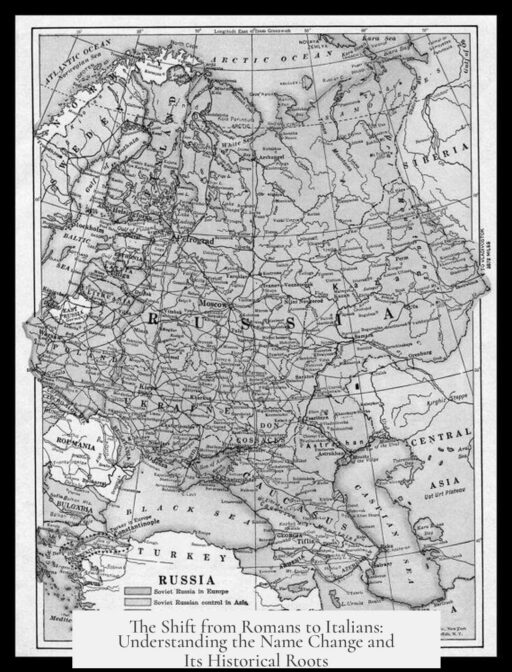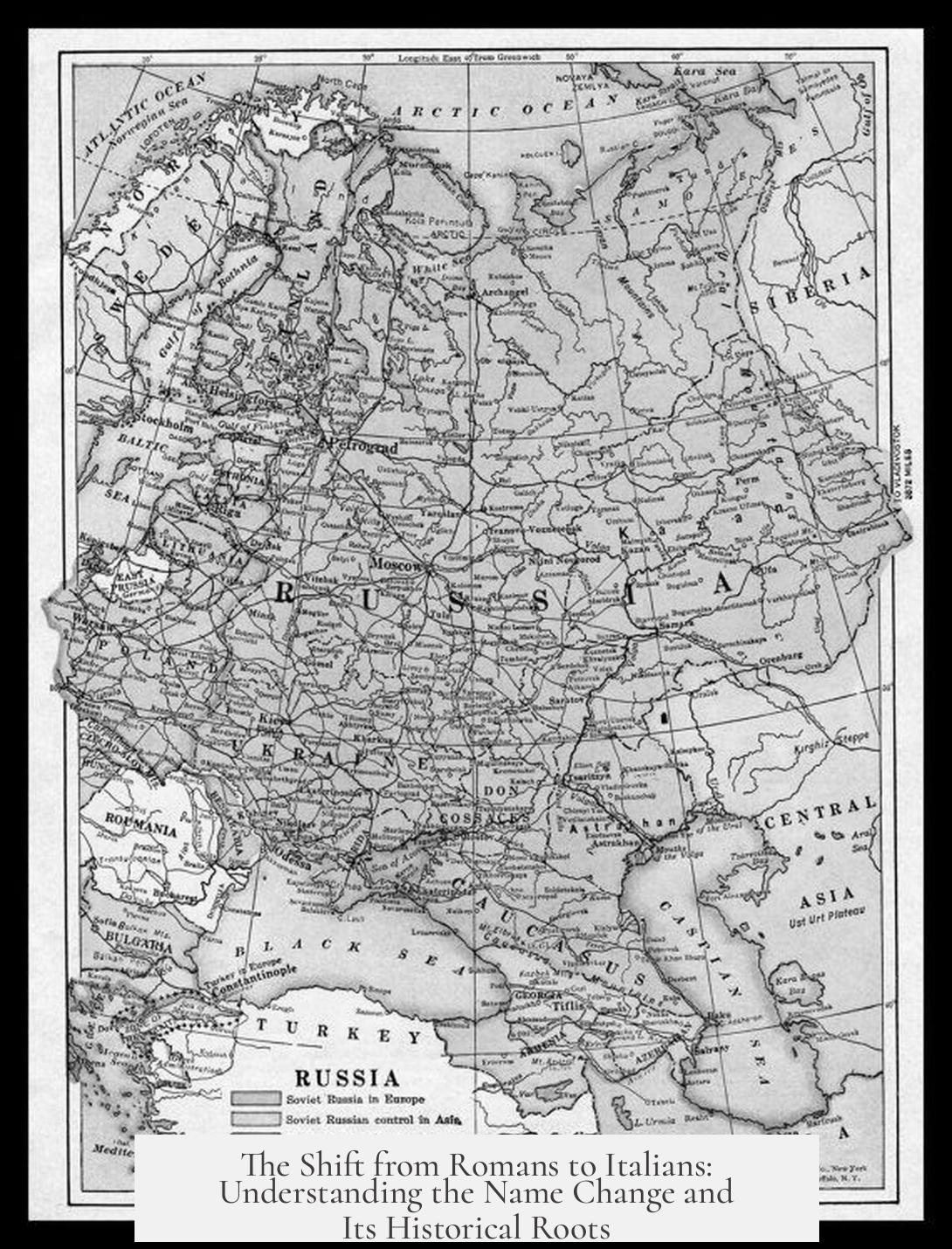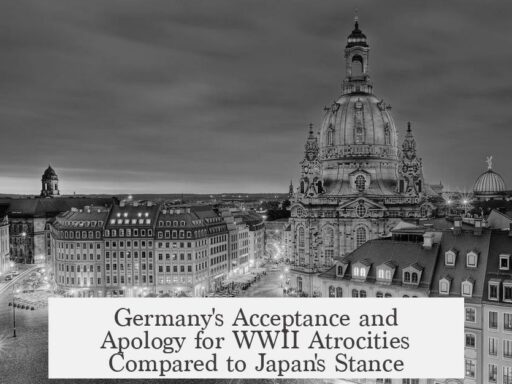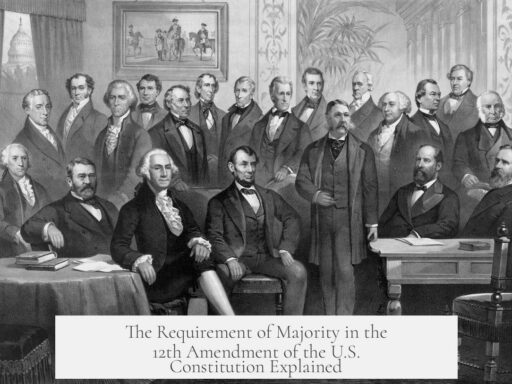We call Italians “Italians” because the name derives from the ancient designation of the peninsula, “Italia,” which originally referred only to a part of southern Italy. The name evolved to describe the entire peninsula, while “Roman” referred specifically to citizens of the city-state of Rome and later to subjects of the Roman Empire irrespective of their Italian origin.
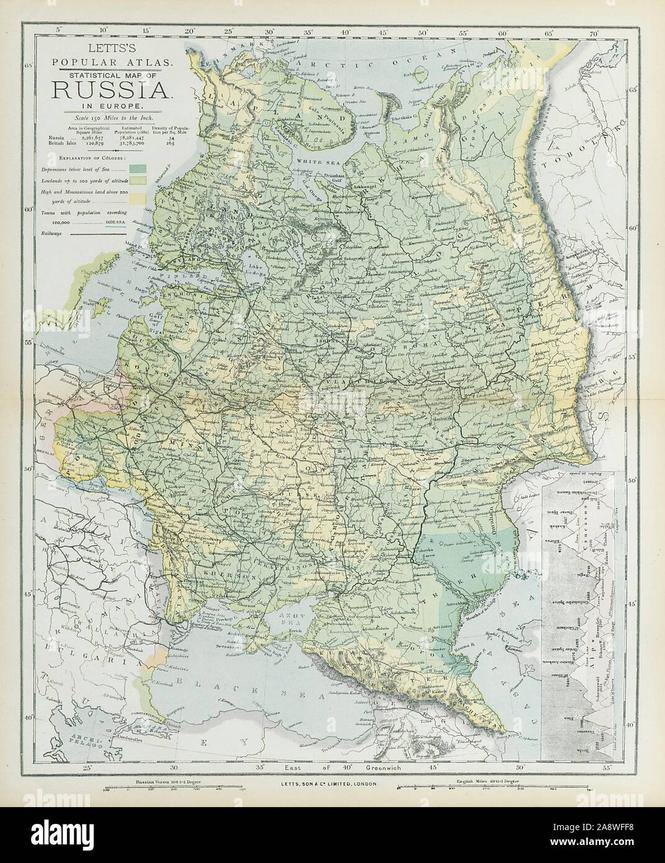
The term “Italia” first applied only to the southern part of the Italian peninsula. This area included Greek colonies and the native Italic tribes like the Messapians. The Greeks in these regions called themselves “Italiotes” and once attempted to create an Italiote league in the 5th century BC. Over time, starting around the 3rd century BC, the Romans began using “Italia” for a larger region, but it was not until the late Republic and Augustus’ reign that “Italia” officially described the entire peninsula.
The word “Italy” originates from the Italic peoples who migrated to the peninsula around 1800 BC. These groups included the Latins, who founded Rome, but also many other ethnicities living throughout the peninsula. Thus, “Italia” represented a geographic and cultural area of diverse peoples rather than a single political entity like Rome.
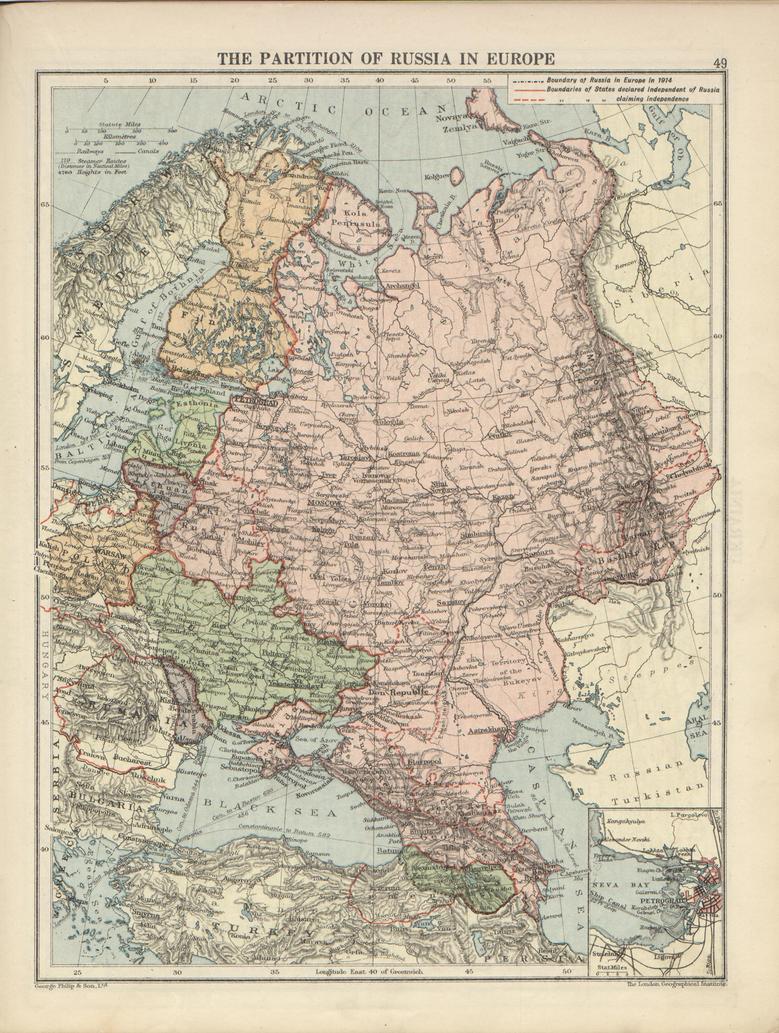
Rome began as a city-state and expanded by conquering or allying with surrounding tribes and cities in the Italian peninsula. These allied communities, called “socii,” maintained political independence but owed Rome military support. Romans considered themselves distinct from the “Italians” because these allies were not granted Roman citizenship initially. The differentiation illustrates a political and ethnic divide: Romans were people of Rome, while Italians were various peoples of the peninsula allied under Rome’s influence.
This division changed during the Social War (91-88 BC), when many Italian allies fought to gain Roman citizenship. Their victory extended citizenship rights, integrating Italians into Roman political life. However, even then, Italy was not governed as a unified nation under Rome. The Republic and later the Empire still centered on Rome as a city and its institutions.
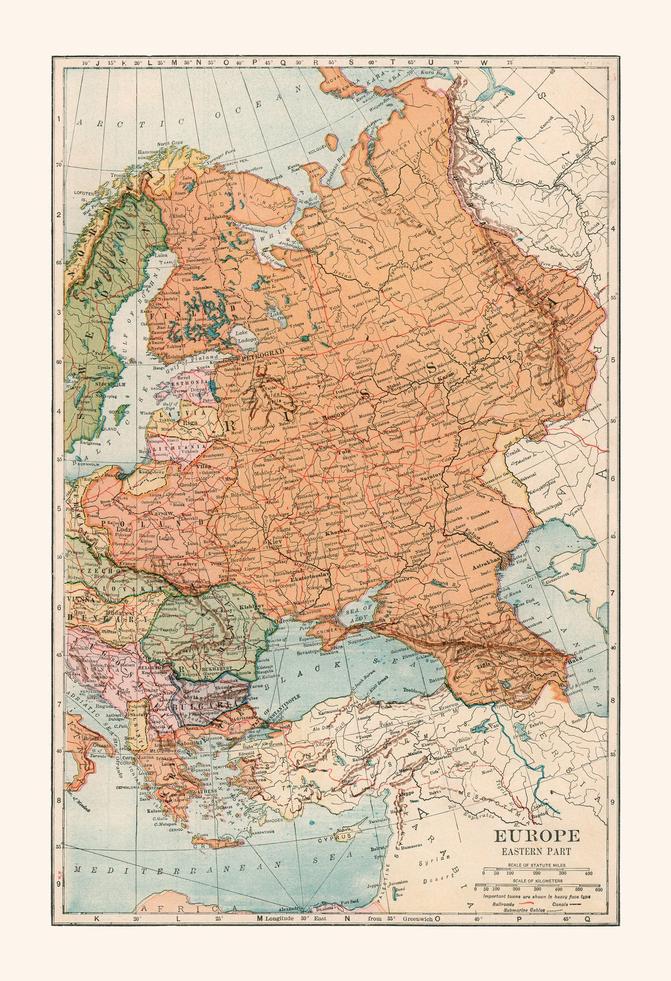
When the Western Roman Empire fell, the concept of being “Roman” shifted from a geographic identity to a broader cultural or imperial one. Roman citizenship extended across the empire, so being “Roman” eventually lost its exclusive connection to the city or peninsula. By the medieval period, “Roman” identity often meant belonging to the Christian Roman legacy rather than a local or national identity tied to Italy.
Throughout the Middle Ages, the Italian peninsula continued to be known as Italy. The Holy Roman Empire included a “Kingdom of Italy,” though it covered mostly northern parts of the peninsula. This title underscored Italy as a recognized geographic entity far removed from the ancient city of Rome’s boundaries.
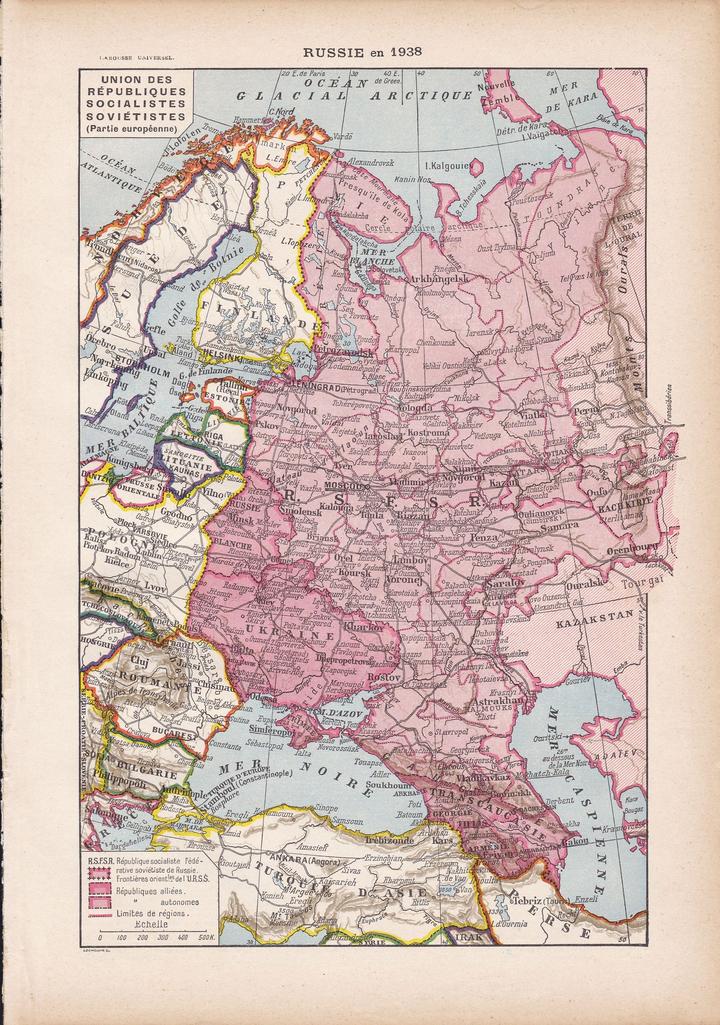
Modern Italy emerged in the 19th century during the unification movement. Italians named their nation after the peninsula to reflect shared geography and cultural heritage, rather than any direct political descent from ancient Rome. The name “Roman” was reserved for the city, ancient history, or broader imperial identity rather than the nationality of the people residing there today.
In summary:
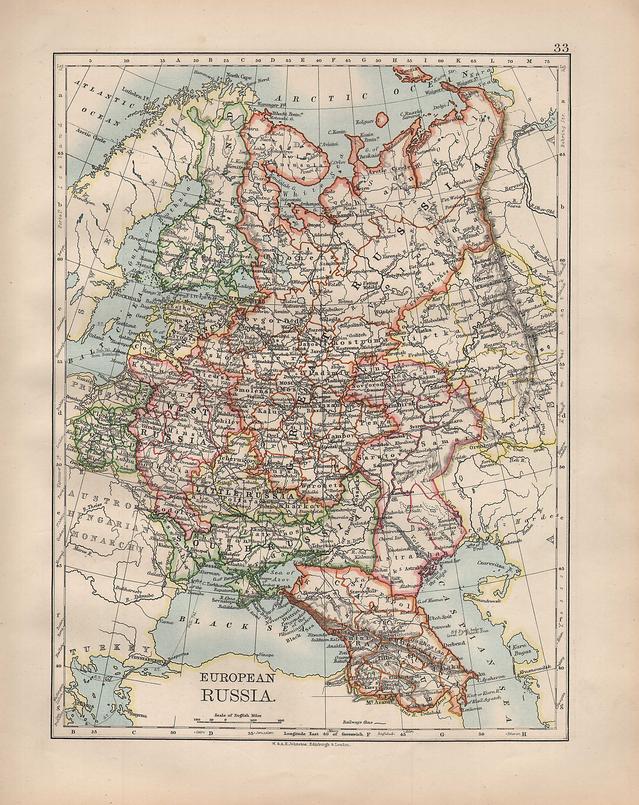
- “Italia” originally referred to southern Italy, not the entire peninsula.
- The name broadened over centuries, formalized under Augustus as the name for the whole peninsula.
- Romans were citizens of the city and state of Rome, politically distinct from other Italian peoples.
- Italian allies were separate groups who gained citizenship only after the Social War.
- “Roman” identity became imperial and cultural, detached from Italy and the city of Rome by medieval times.
- Italy persisted as a geographic term through medieval kingdoms and into modern nationhood.
- Modern Italians are named after the peninsula, not called Romans, reflecting political and historical distinctions.
Why Do We Call Italians “Italians”? Why Aren’t They Called Romans?
Italians are called Italians because the name “Italia” originally referred to a region in southern Italy linked to the Italic peoples and Greek colonies. Although Rome expanded over the peninsula, the term “Roman” remained tied to the city-state of Rome and its citizens, not the entire peninsula. The linguistic and political landscape evolved over centuries, ultimately distinguishing Italians from Romans.
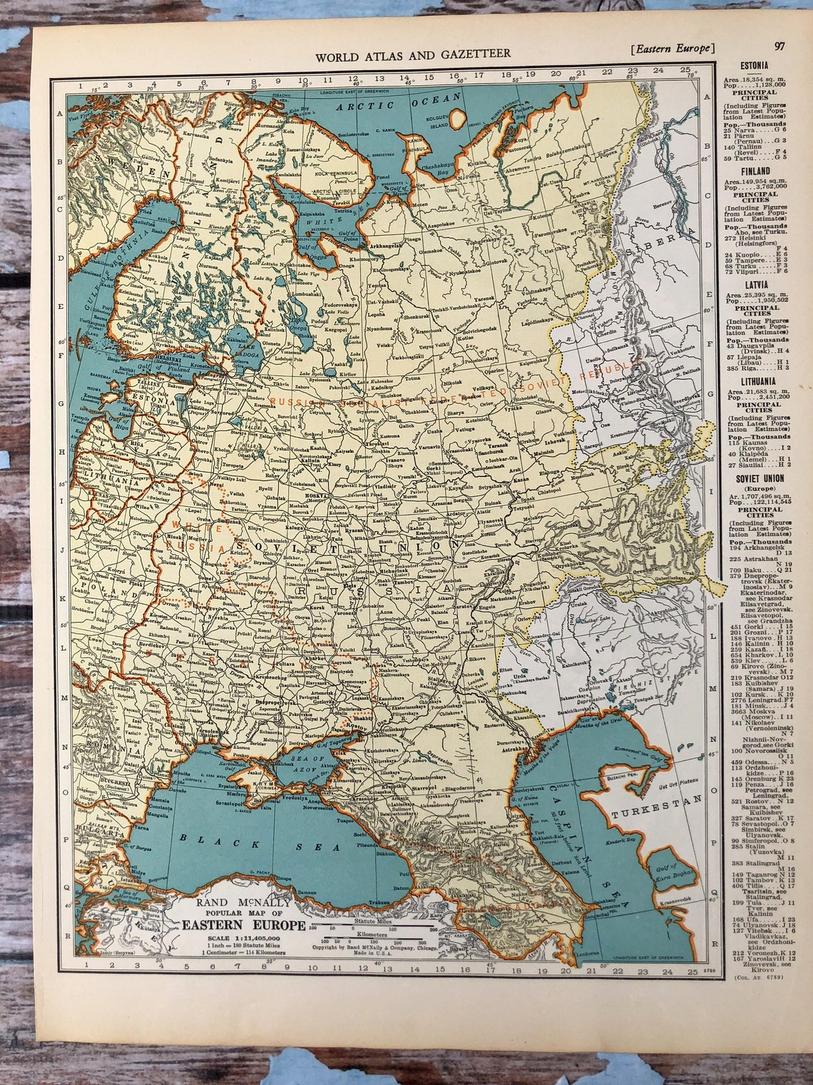
At first glance, it might seem straightforward. You live in Italy, so you’re Italian. The Romans came from Rome, so everyone in Italy should be Roman, right? Not quite. History, geography, and politics scribbled a much more complicated story. Let’s unpack it.
A Journey Back in Time: The Origin of Italia
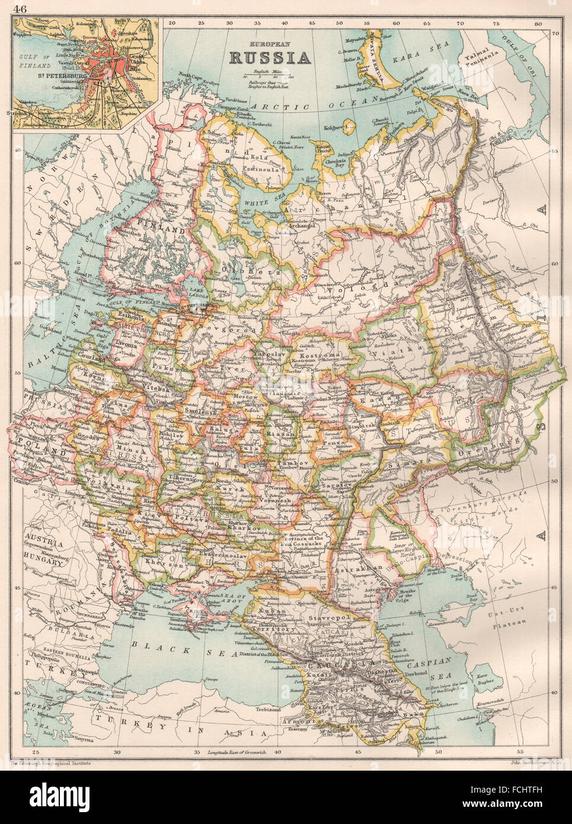
The name Italia didn’t always mean the entire Italian peninsula. In fact, initially, it only referred to the southern parts. These areas were peppered with Greek colonies and native groups like the Italic and Messapian peoples.
The Greeks living in this region proudly called themselves “Italiotes” — think of it as a collective identity for the Greek cities of Magna Graecia in the 5th century BC. There was even a slick plan, an Italiote league, to unite these cities, underscoring a regional bond well before Roman dominance.
Now here’s a fun linguistic twist: the word “Italy” that we use today traces back to the Italic peoples who migrated into the peninsula around 1800 BC. The Latins, including Rome’s founders, belonged to these tribes. Language and tribal movements laid the foundation for what Italy would become.
Linguistic Drift And Augustus’ Shine
The Romans eventually adopted “Italia” to name the entire peninsula, but this shift wasn’t instant. Around the 3rd century BC, Romans still didn’t call the whole peninsula “Italia.” Over time, usage drifted, and by the reign of Augustus (late 1st century BC), the name “Italia” was formalized for the entire landmass.
While the Republic era Romans often referred to regions or city-states separately, the idea of Italy as one geographical entity already took shape. Rome, however, remained a powerful city-state, not a country governing the peninsula as a whole.
Rome Versus Italy: City-State vs Peninsula
Rome was a city-state. Yes, a huge one that gobbled up territories, but a city-state nonetheless. The other Italian cities and tribes came under Rome’s influence and were termed “allies” of Rome.
Contrary to popular belief, Rome never claimed to represent a nation governing Italy. The “Roman” identity was locally focused, while the rest of the Italian peoples were “socii” — allies bound by treaties who provided troops and resources. In English, we translate this as “Italian allies,” but they weren’t seen as Romans by birth. Citizenship was the exclusive badge of Rome.
The Social War: When Italians Said “Enough”
Here’s where history records a big political shift. Between 91-88 BC, the “Socii” fought the Romans in the Social War. The goal was clear: gain Roman citizenship. For many Italians, legal recognition as Romans wasn’t automatic, yet they were crucial allies and soldiers.
After the war, Rome granted citizenship to many Italians, expanding the Roman identity beyond the city-state. Still, this extension remained a legal and political change, not a renaming of Italians to Romans as a people.
What Happened After The Fall of The Western Roman Empire?
When the Western Roman Empire crumbled, the identity of “Roman” transformed. It no longer referred strictly to residents of Rome or Italy. Instead, being Roman became a status tied to citizenship under the empire, stretching far beyond Italy’s borders.
By the Medieval period, if you were a Christian, you could claim the Roman legacy. That legacy took on spiritual, cultural, and political hues that had little to do with the Italian peninsula itself. The peninsula kept its name as Italy, distinct from “Rome.”
Medieval Italy and The Kingdom of Italy
During the Middle Ages, the “Kingdom of Italy” emerged as a core part of the Holy Roman Empire. However, this kingdom covered primarily northern Italy, not the entire peninsula.
The official Latin titles, Regnum Italicum or Regnum Italiae, reflect the historical continuity of the name Italy, while Rome remained just a city among many.
Why Aren’t Italians Called Romans Even Today?
There are several reasons. Firstly, the geography and political reality have never aligned the entire peninsula with Rome alone. Rome was just one city among many, albeit an influential one.
Secondly, Italy’s population has always been a patchwork of ethnicities. Post-Roman Italy saw invasions and settlements by Goths, Lombards, and others who were not Roman. Italians today descend from this rich mix.
Finally, the modern nation of Italy only formed in the 19th century. It was named after the peninsula, celebrating the broader cultural and historical identity rather than claiming direct Roman political lineage.
A Quick Summary of the Story
- Italia originally referred to southern Italy with Greek influence and Italic peoples.
- The term Italia expanded over centuries to cover the entire peninsula by Augustus’ time.
- Rome was a powerful city-state, not a national government for the peninsula.
- “Italians” were allied peoples, not Romans, and didn’t gain citizenship until after the Social War.
- Roman identity later broadened to empire-wide citizenship, detaching from Italy.
- The medieval Kingdom of Italy only covered northern areas, while Italy remained the name of the peninsula.
- Modern Italy is named for the peninsula, with no ambition of extending Roman city status to a nation.
Ask Yourself:
- When you say “Roman,” do you imagine an empire-wide citizen or a local citizen from an ancient city?
- How does political identity shift when empires fall and new nations rise? What stays? What fades?
- Can a region’s name ever truly represent the complexities of its many peoples and histories?
Final Thoughts: What Can We Learn From This?
The naming of Italians and Romans reflects the twists and turns of history — migrations, political changes, cultural evolution. It’s a reminder that names carry stories, not just definitions.
Today’s Italians celebrate a diverse heritage. While Rome’s monuments stand proud, they are just one chapter of a long tale. Italians—the Italiotes of old — continue to live in a land named after ancient peoples, not solely after a city.
If you want to dive deeper, exploring the Social War or the propaganda tactics during the Second Punic War reveals much about the complex relationship between Rome and Italy.
So next time you call someone Italian, remember: they’re not just descendants of Romans. Instead, they represent a rich, vibrant mix of histories and identities united under the banner of Italy. A name that traveled a remarkable journey before settling on today’s meaning.
Why do we call the people of Italy “Italians” instead of “Romans”?
“Romans” referred specifically to people from the city of Rome, an ancient city-state. The whole peninsula came to be called “Italia,” reflecting a wider group of peoples. Italians descend from these broader Italic groups, not just the Romans.
When did the name “Italia” come to mean the entire Italian peninsula?
Originally, “Italia” referred only to southern parts of the peninsula. The name gradually expanded in usage and was formalized during the reign of Augustus in the late 1st century BC to cover the entire peninsula.
Why weren’t all people in Italy considered Romans during ancient times?
Romans were citizens of Rome city-state. Other communities were “socii,” allied but distinct from Romans. Citizenship was not granted to all Italians until after the Social War (91-88 BC), so they were viewed as different peoples.
How did the meaning of being “Roman” change after the fall of the Western Roman Empire?
The term “Roman” shifted from a geographic identity to a cultural and religious one. In Medieval times, Christians were often called Romans regardless of actual location, disconnecting the title from Italy specifically.
Why wasn’t the entire Italian peninsula known as “Rome” in history?
Rome was a city and city-state, never a name for the whole peninsula. Italy referred to the region as a whole, which included diverse ethnic groups and areas beyond the city of Rome from ancient through medieval times.
When was modern Italy established and named after the peninsula?
Modern Italy was formed in the 19th century. Its name comes from the ancient term for the peninsula, “Italia,” rather than any direct political link with the ancient Roman state.
